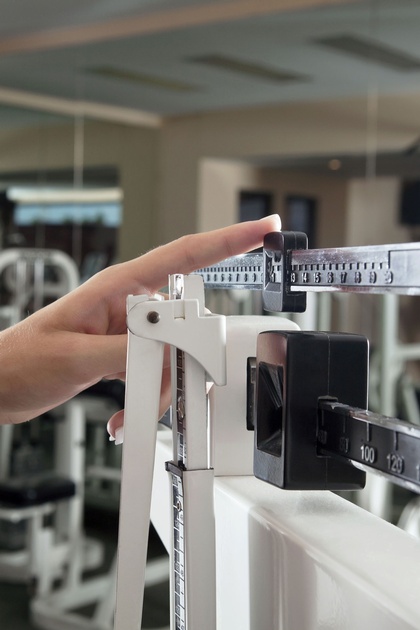
Fat reduction or lipid metabolism?
You want to constantly burn up a lot of calories? Then this can be done quickly in an appropriate way.
Lipid metabolism and burning maximum fat constantly cause confusion, especially when runners want to know how they can burn the most fat. The answer is simple: you will burn the most fat during a certain period of time when you also burn the most calories. And you will burn the most calories when you work out as intensively as possible and use many muscle groups (see box).
To put it in concrete terms: if you have a healthy heart (please check this if you haven’t done any sport for a long time) and want to burn as many calories as possible but rarely have time to invest more than 40 minutes per workout, then you should run at a pace you can just about endure for these 40 minutes without having to slow down. Or you can use the 40 minutes to do another form of high-intensity training, such as the following interval training:
- Run relaxed for 5 minutes to warm up
- Run 10 x 1 minute at full speed with a 2-minute relaxed / medium jog break between each
- Jog at a very relaxed pace for 5 minutes to cool down
Your average heart rate over the entire training session should stay in the moderate zone, such as when doing a brisk continuous run. Depending on your performance capability, you can also extend the full speed sections to 4 minutes if you are able to maintain it.
Two such high-intensity running training sessions can ideally be supplemented with strength training once or twice a week. And equally important: you normally won’t need to do more than two intensive training sessions a week, because such loads need sufficient recovery time.
Lipid metabolism training is something else
However, if instead of burning the maximum fat and calories during a workout you want to boost your lipid metabolism, then other criteria apply. This is because the lipid metabolism basically provides the highest level of energy when you do long and relatively intensive training units. Therefore, a training programme that incorporates long jogs at a moderate pace is an absolute must for all long-distance runners.
Since only doing fast units will drain the body in the long term (and are also mentally exhausting) and only doing slow training units will not make you faster, it makes sense to do a mixture of long, low-intensive and shorter, more intensive units.
You will only be able to lose weight or control your weight if your overall energy intake (i.e. what you eat) is less than your energy consumption (i.e. the number of calories you burn). Running allows us to significantly increase our energy consumption (around 500 to 900 calories per hour of running, depending on the intensity, body weight and performance capability). And this makes it easier to control your weight without having to go on a diet.
Calorie consumption in sports
A (young) person at rest burns about 1 calorie/hour per kilogram of body weight. The basal metabolic rate for women is around 10% lower than men due to their higher fat content. Thus, a woman weighing 60 kg will burn around 54 calories/hour (0.9 x 60) at rest and a man weighing 80 kg will burn 80 calories (1 x 80). This amounts to 1296 calories/day for a woman and 1920 for a man. The basal metabolic rate decreases as we age and at 50, only around 0.8 calories/hour are burned per kilogram of body weight when at rest. The reason for this is that the metabolic processes are getting slower, and the muscle mass is steadily decreasing. This explains why it becomes increasingly more difficult to maintain your desired weight as you get older.
Your energy consumption considerably increases when you do strenuous sports. The multiplication factor compared to the basal metabolic rate can vary between 4 (very moderate exercise) to 12 (very strenuous activity) and in high performance sports can even increase to a factor of 20. Endurance sports such as cross-country skiing or even running burn the most calories because the exertion is non-stop and often uses several muscle groups at the same time.
In sports, the rule of thumb is as follows: to calculate the amount of energy at a medium intensity, consumption is estimated to be 0.1 calorie per kilogram of body weight per minute. A woman weighing 60 kg will thus burn around 360 calories/hour and a man weighing 80 kg will burn around 480 calories. These values can double under very intensive loads (such doing endurance sports when you are in good training condition) or even triple in high performance sports. Top cross-country skiers can, for example, have energy consumption values of up to 1500 calories/hour.
Foto:iStock.com
This may be of interest for you too


